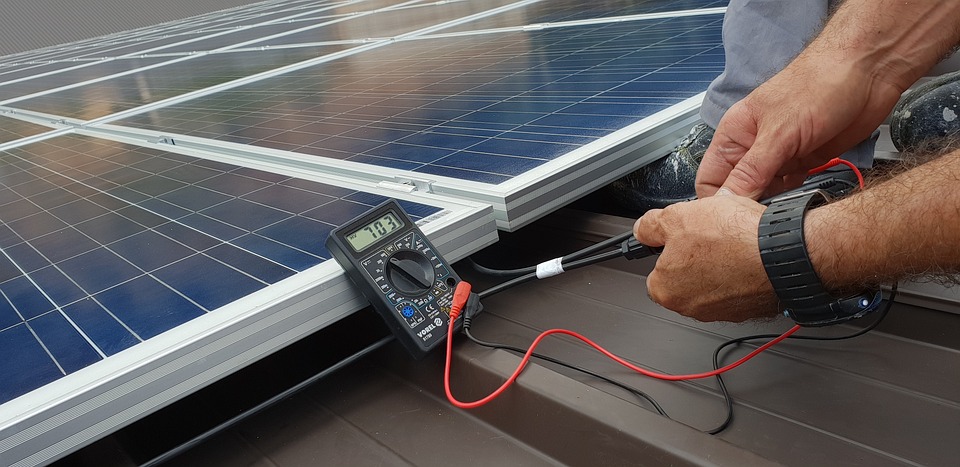
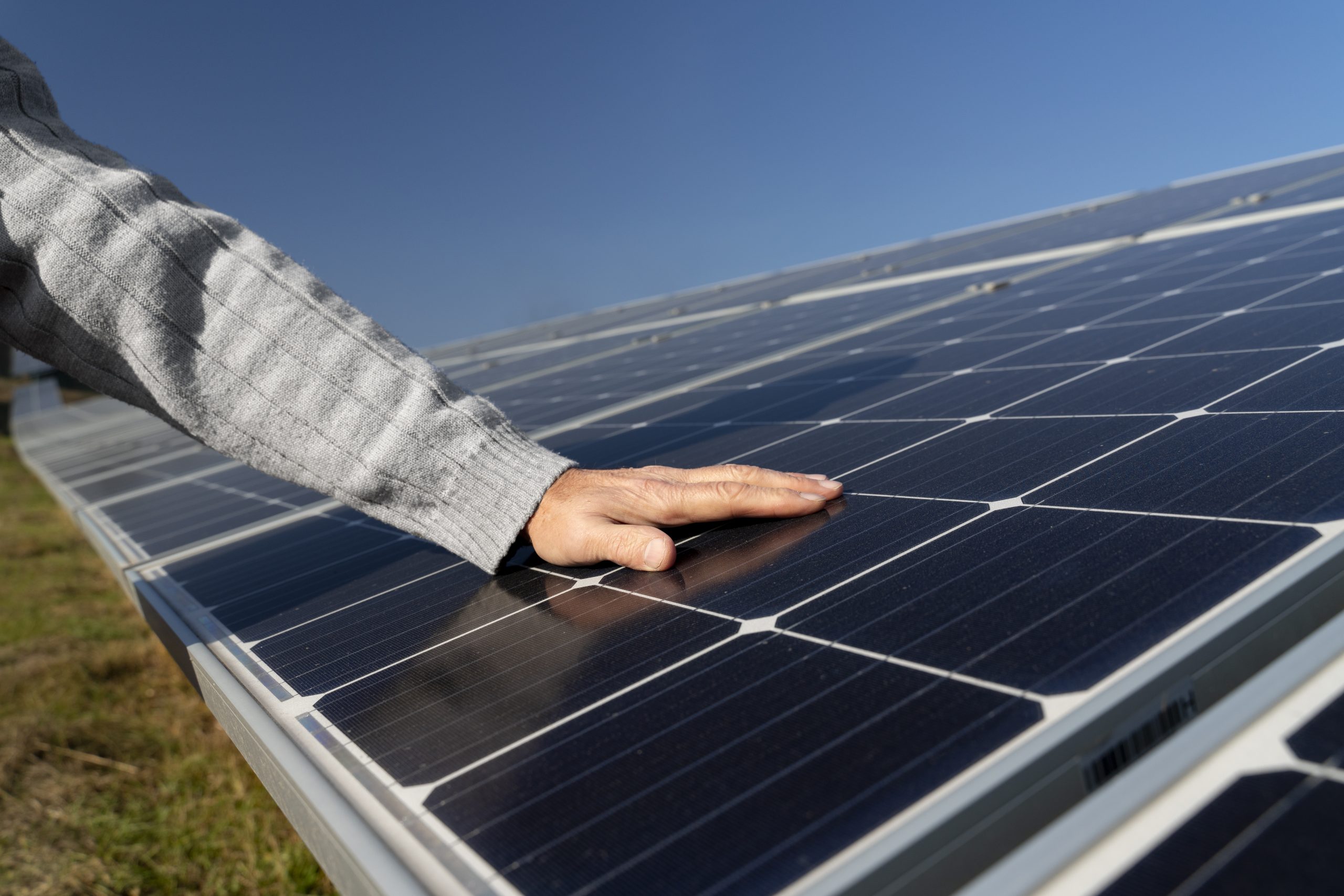


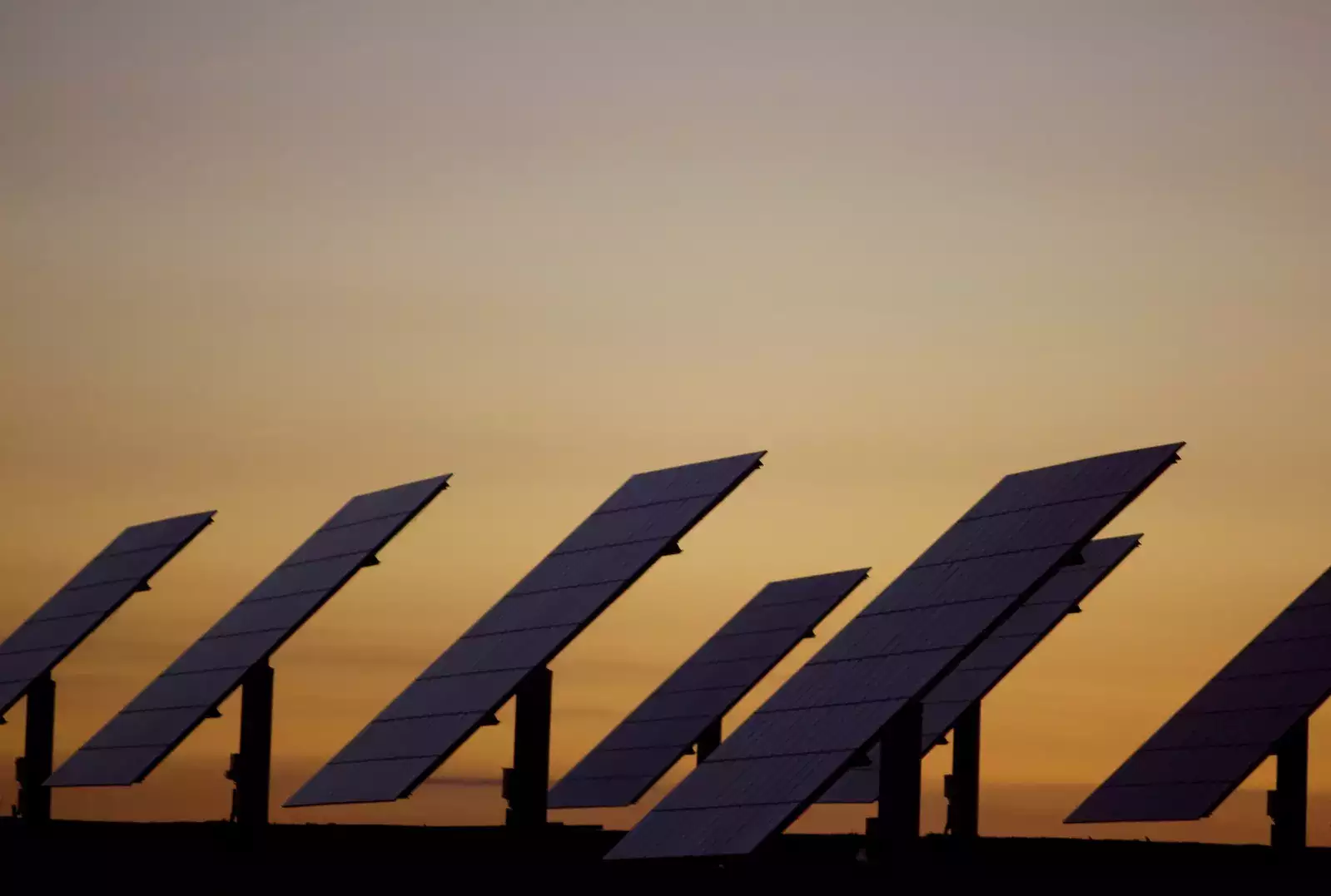

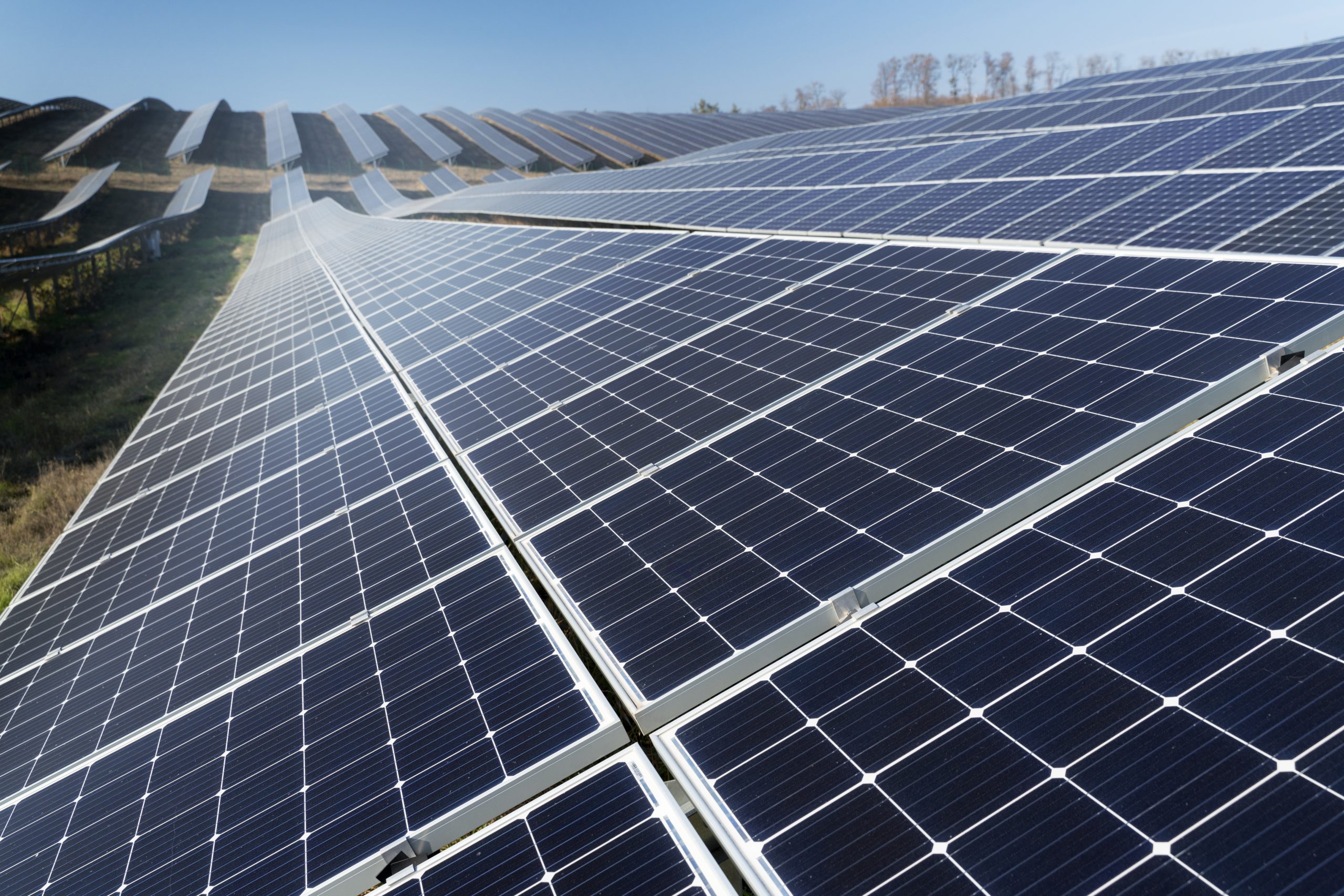
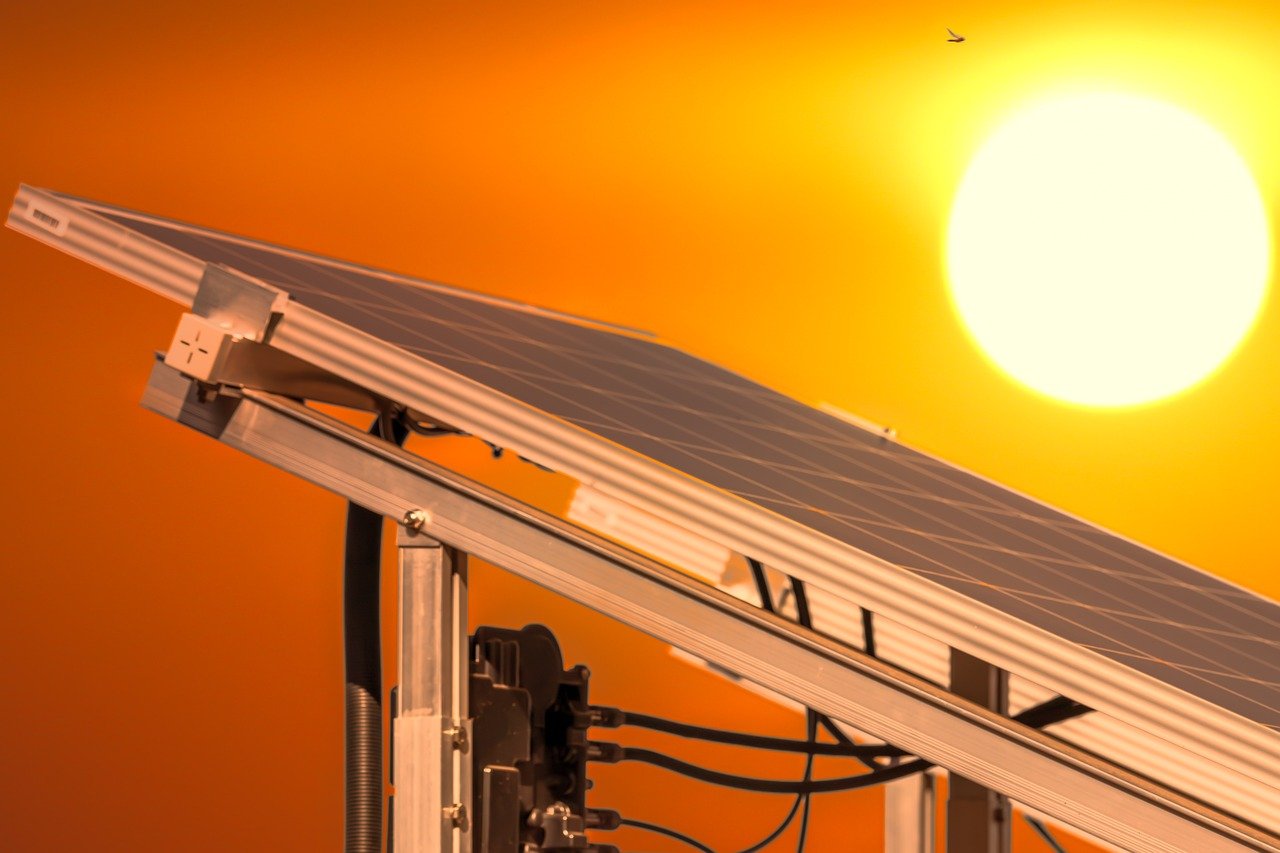
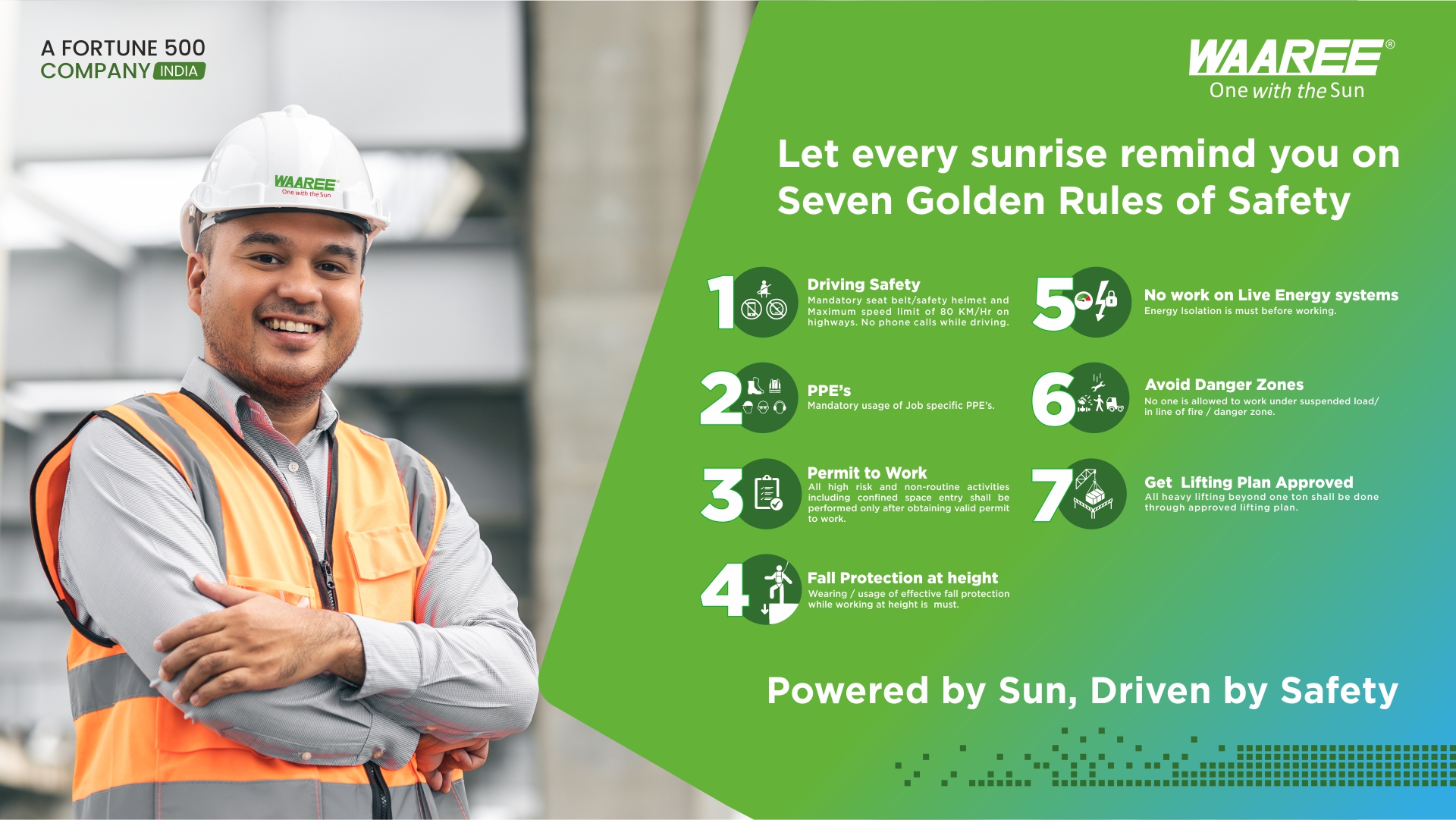
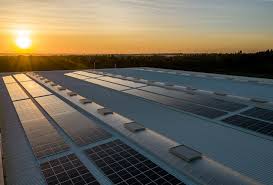
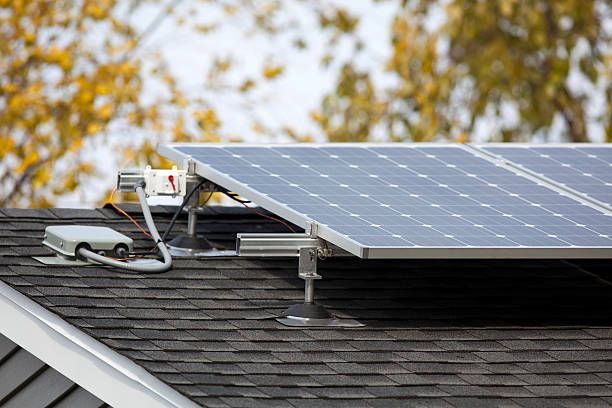
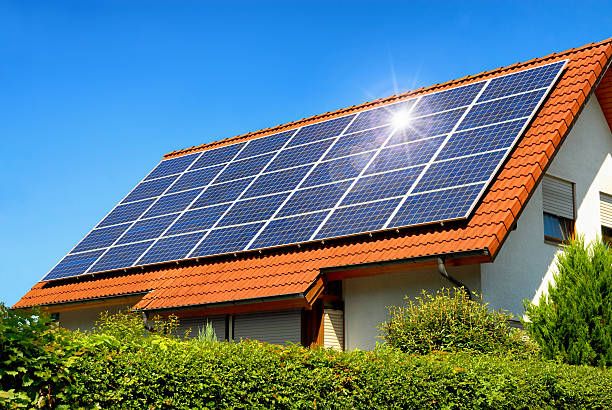
Clean energy is fast gaining traction at a time when greenhouse gasses and carbon emissions are wreaking havoc on our environment. Thankfully, India has kept up with the fast growth of clean solar energy and has started solar panel installation in industries and homes.
After the 10 steps are completed, Solar Panel Installation becomes much easier. Solar electricity is currently appropriate not just for business buildings but also for residential ones. Although the cost of installing a solar power unit has progressively decreased, you may always go the DIY route to keep costs low.
By following this basic guide to putting up solar electricity, you may save money by installing a solar photovoltaic (PV) system yourself with the 10 steps provided. In this Solar Panel Installation Guide, we’ll discuss how to install a solar panel step by step in detail.
Solar panels can provide power for both business and residential use. In both cases, photovoltaic panels are mounted on the roof to capture as much sunlight as possible and create as much power.
The following are the steps in the solar system installation procedure:
The solar panel mounting brackets must be installed first. Roof-ground mounts or flush mounts may be used based on the application. This foundation gives stability and support. The orientation in which the PV panels (monocrystalline or polycrystalline) are mounted is carefully considered.
The optimum direction to face solar panels in the Northern Hemisphere is south because it receives the most amount of sunlight. Both east and west directions are acceptable. The ideal direction for countries in the Southern Hemisphere is north.
The mounting framework must again be adjusted slightly. The tilt angle might be anything from 18 to 36 degrees. Many firms utilize a solar tracker to increase conversion efficiency.
After that, the solar panels must be secured to the mounting structure using nuts and bolts. The entire construction is secured adequately to ensure that it is durable and long-lasting.
Electrical wiring comes next. During cabling, universal connectors such as MC4 are used since they may be used with any type of solar panel. The following sequence of electrical connections can be made between these panels:
Series Connection: The positive (+) wire of one PV module is linked to another module’s negative (–) wire in a series connection. The voltage match with the battery bank is improved with this type of wiring.
Parallel Connection: In this scenario, the connections are positive (+) to positive (+) and negative (–) to negative (–). Each panel’s wiring voltage remains the same with this style of wiring.
The system must then be connected to a solar inverter. The positive wire from the solar panel is linked to the inverter’s positive terminal, while the negative wire is connected to the inverter’s negative terminal.
To generate power, the solar inverter is linked to the Solar Battery and Grid Input.
After that, you must connect the solar inverter and solar battery. The battery’s positive terminal is linked to the positive terminal of the inverter, and the negative terminal is connected to the negative terminal of the inverter. To store an electrical backup in an off-grid solar system, a battery is required.
The inverter must then be connected to the grid. A standard plug can be used to connect to the main power switchboard. The electric board that delivers electricity is linked to an output wire.
When all of the electrical cabling and connections are complete, turn on the inverter switch on the home’s main switch. Most solar inverters will include a digital display that will show you statistics about your solar unit’s generation and use.
And there you go. Your own solar system installation is complete! For years and years, you can enjoy FREE Renewable Green Energy!
Many people make these mistakes in solar installation. Let’s see what they are and how you can avoid them:
To avoid this mistake, the first step is to figure out how much it will cost to set up the system of your choice. Remember that different types of solar panels differ in their prices. Make sure you go through all the options and choose the one that fits your budget.
To avoid this mistake, you need to create a checklist of the solar energy system’s components, which include solar panels, a charge controller, a power inverter, and a battery.
To avoid this mistake, you need to figure out how big of a solar system you’ll need. Add up the wattage of all the electrical devices you’ll be using. Calculate the number of hours per day that the appliances will be used.
If you follow the procedures above, you will avoid mistakes, and you will be able to determine the required wattage, solar battery size, and wire size. Understand that proper wire size prevents wire overheating and ensures optimal power delivery to your batteries.
Q1. Can I install solar panels myself?
Ans. Yes, you can learn about solar installation and install solar panels yourself.
Q2 – Where Should Solar Panels Be Installed?
Ans. Rooftops, building tops, and stand-alone facilities are all common places for solar panel installation. It’s vital to position your solar panel in the most direct sunlight possible.
Q3 – How long do solar installations take?
Ans. Based upon the number of panels and the complexity of the setup, most solar firms can complete a rooftop residential solar panel installation in one to three days.
Q4 – Where can I purchase solar panels?
Ans. Waaree Energies Solar EPC solutions is where you can get your solar panels. By repurposing unused ground space or land, Waaree will deliver a strong return on investment. Waaree offers EPC solutions that are tailored to your specific needs and energy usage.